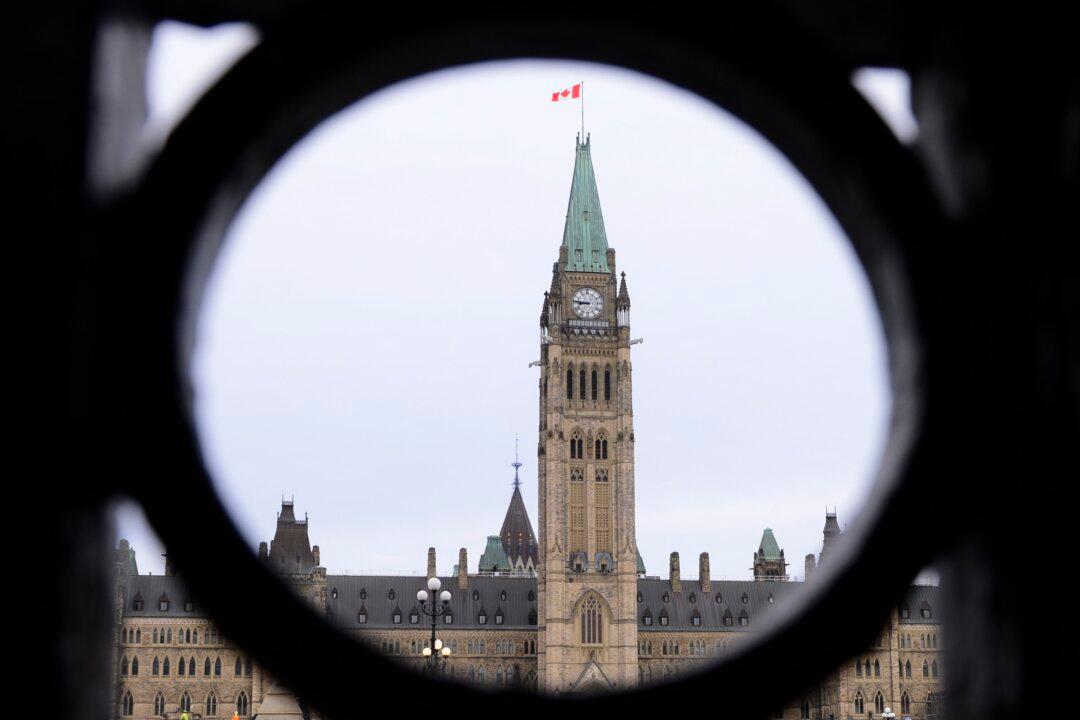With a little over a week before the federal government releases Budget 2023, a stress test of the current fiscal policy shows that Ottawa has a 30 percent chance of failing to achieve its core fiscal goal of reducing federal debt over a 10-year period, says a Fraser Institute study.
The study, titled “Stress Testing the Federal Fiscal Anchor,” was co-authored by Bev Dahlby, senior fellow at the Fraser Institute, and Ergete Ferede, professor of economics at MacEwan University in Edmonton.





